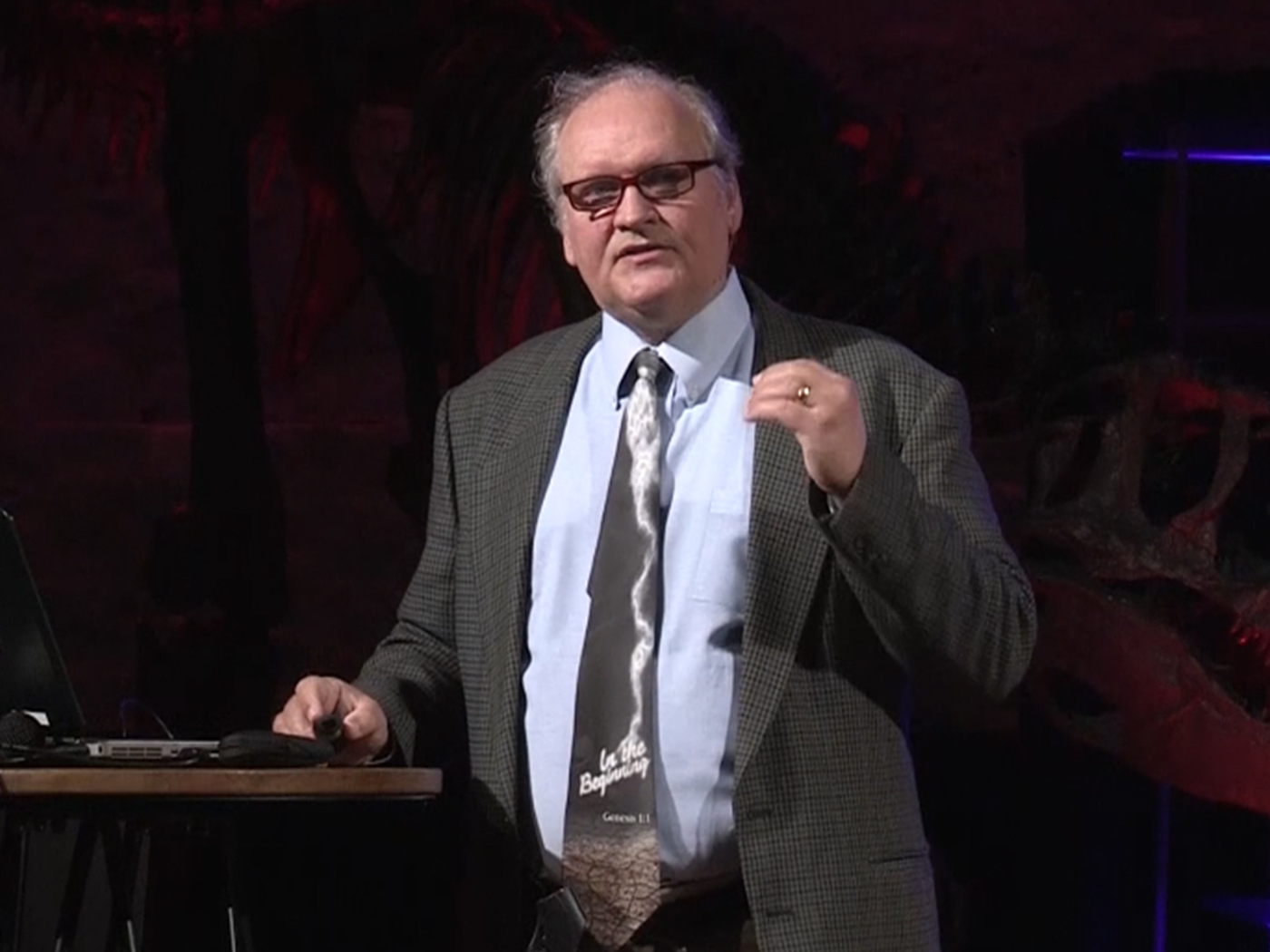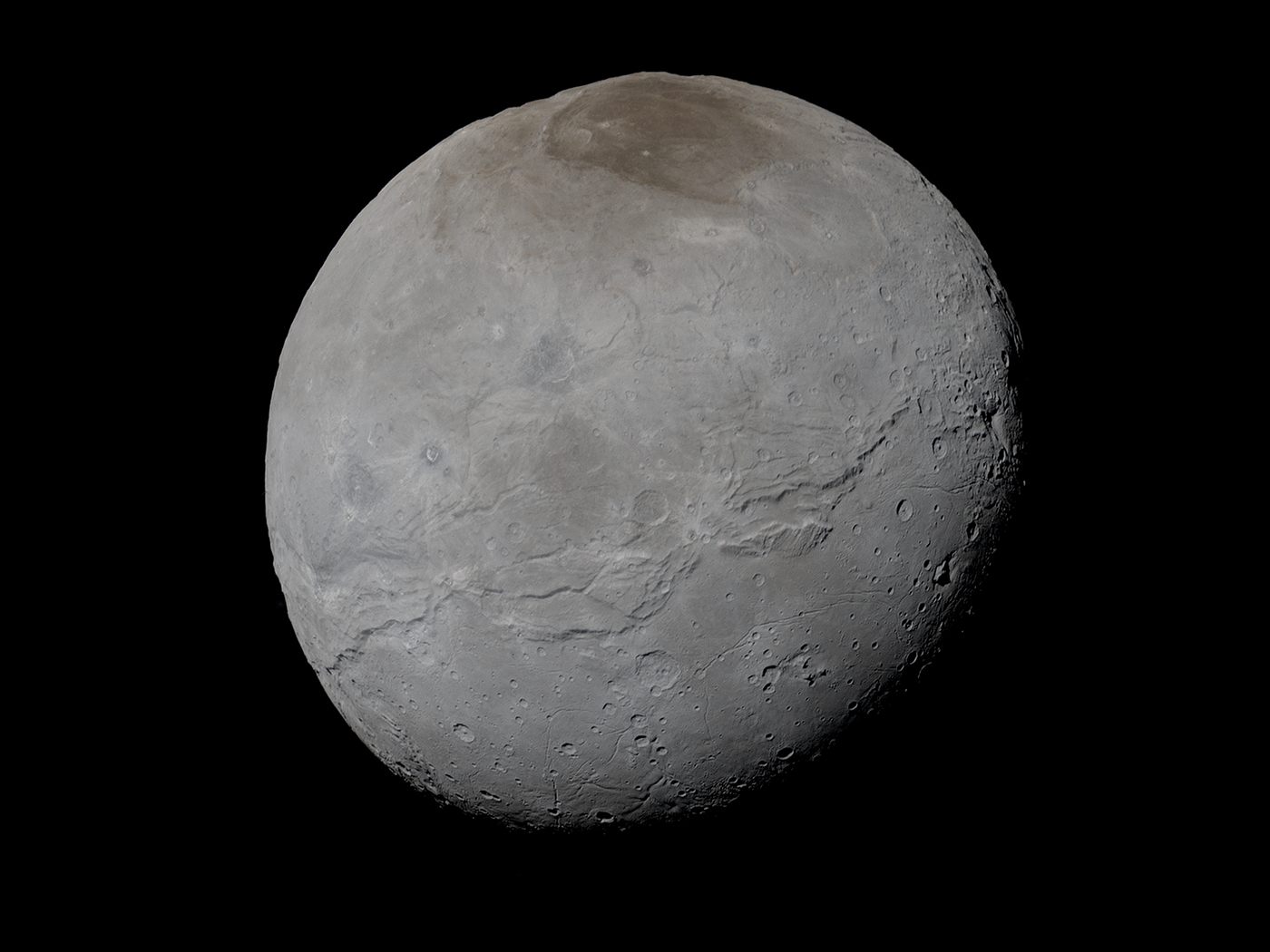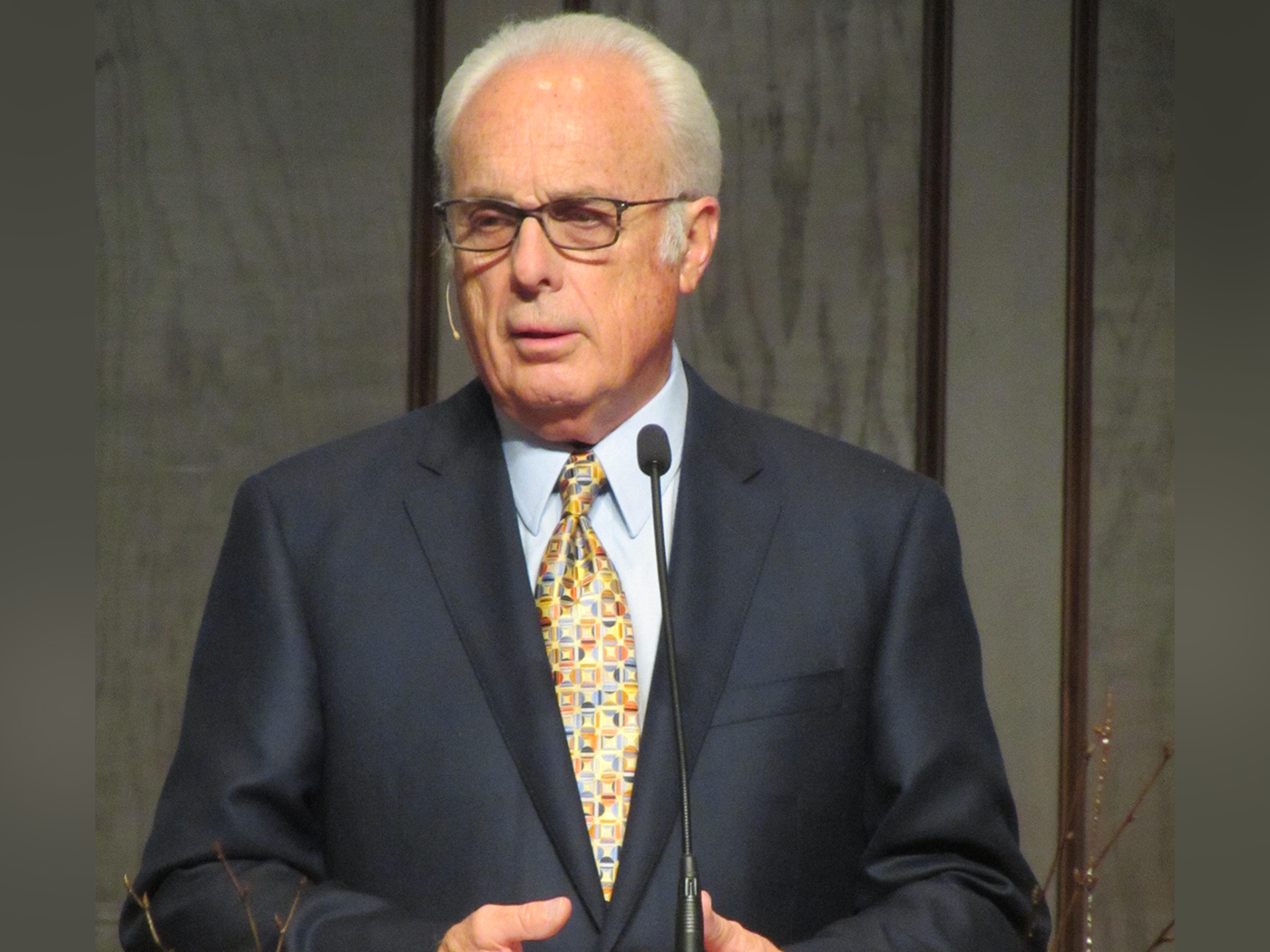The Wide Area Search for Planets (WASP) project has discovered a planet that orbits backward, against the rotational direction of its star. Methodological naturalists think collisions or near-collisions are the causes of unusual cosmic phenomena like this. But this reverse-orbit observation adds to a growing list of astronomical features that should not exist if collisions and other random physical processes are all that could have caused them.1
The planet was named WASP-17, the seventeenth planet identified by WASP astronomers at the Geneva Observatory. They were looking for faint, periodic “blinks” that occur when planets or planet-like object pass in front of stars when they discovered that this planet was orbiting the “wrong” way. The vast majority of planets and satellites, including all of those in the solar system, orbit in the same direction that their stars rotate. They could think of no better explanation than that “a near-collision may have created the retrograde orbit.”2
Not only is the likelihood of this happening remarkably slim, but it conflicts with the anti-supernaturalistic, but popular, conception of planetary origins known as the “nebular hypothesis.” This proposes that planets formed spontaneously from spinning dust rings, which clumped and condensed near to newly formed stars. The resulting planets ought to therefore continue orbiting in the same direction as that of the rotating dust and debris around the stars.
But WASP-17 doesn’t.
Assuming for a moment that the nebular hypothesis is true, how exactly could a mere near-collision have reversed WASP-17’s direction? At approximately 159 earth masses, the planet would have required a tremendous outside force to slow its orbit and then reverse it, all without tearing the planet apart or bumping it from the vicinity of its neighboring star. Such a feat would have required septillions of Newtons of force, applied carefully enough to keep the planet from being destroyed. The chances of a flyby mass of some kind having performed this powerful, yet precise, operation are vanishingly small.
MIT astrophysicist Sara Seager told Space.com, “There's always theory, but there's nothing like an observation to really prove it.” But when it comes to the nebular hypothesis theory, there’s actually nothing like an observation of a phenomenon like WASP-17’s reverse orbit to really disprove it.3
References
- Thomas, B. Can Cosmic Collisions Create? ICR News. Posted on icr.org February 20, 2009, accessed September 11, 2009.
- Bryner, J. and R. R. Britt. Newfound Planet Orbits Backward. Space.com Science. Posted on space.com August 12, 2009, accessed September 11, 2009.
- Coppedge, D. 2008. Nebulous Hypotheses. Acts & Facts. 37 (2): 15.
Image Credit: NASA / JPL-Caltech
* Mr. Thomas is Science Writer at the Institute for Creation Research.
Article posted on September 18, 2009.













